AYESHA AMJAD’S JOURNEY AS A PAINTER
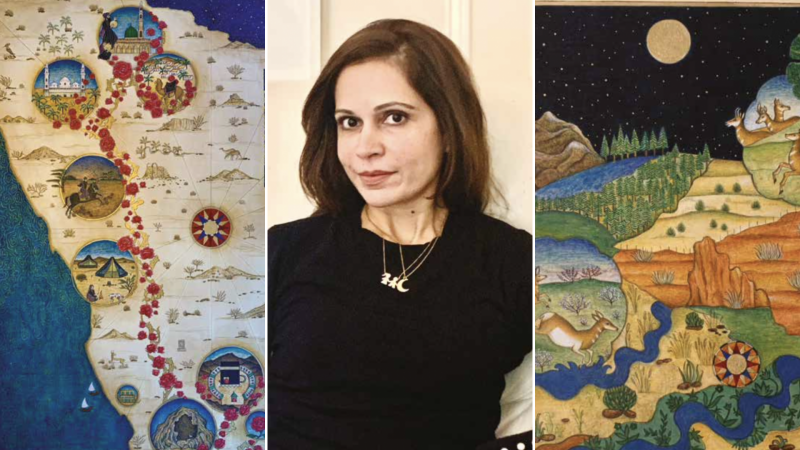
Ayesha is a painter based in London who exclusively spoke to us about her professional journey. Her degree show was sold out and attended by King Charles. The Earl of Snowdon has also purchased one of her pieces. Ayesha also happens to be the only Pakistani participating at the Ithra’s ‘Hijrah’ exhibition in Saudi Arabia where her painting is currently on display. Read on to know more about her...
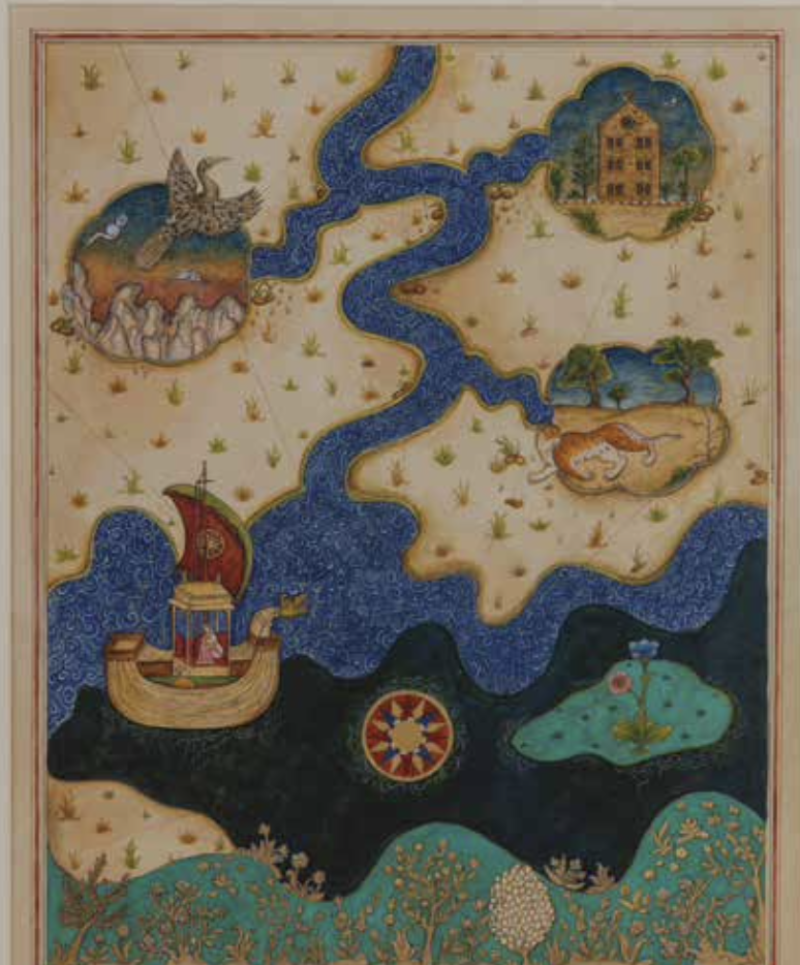
Pleasure to interview you Ayesha. Tell us a bit about yourself. When did you realise there was an artist in you?
Art has been a life-long passion for me. I have been painting consistently since I was very young and I always knew that I was meant to be a painter. However, for some reason or the other, the timing wasn’t right and I didn’t get a chance to truly immerse myself in this field until now. I decided to go back to school and study art formally by enrolling in a Masters program at The Prince’s School of Traditional Arts and finished my degree last year in July 2021.
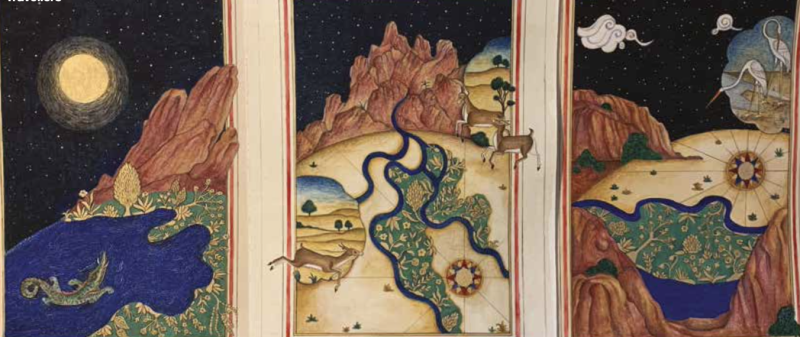
Your painting is currently on display at Ithra’s ‘Hijrah’ exhibition in Saudi Arabia. You also happen to be the only Pakistani participating in this exhibition. Tell us about the experience and how did you get this opportunity?
It has been a privilege for me to be included in such an iconic exhibition. I was approached by the organisers after they saw my degree show in London. My work is about journeys and inspired by mediaeval Islamic cartography. I believe that the conceptual and visual elements within it resonated with the curators at Ithra and
They asked me to create a map showing the Prophet’s journey from Mecca to Madinah. It was a fascinating experience to delve deep into the history of the Hijrah
and find a way to visually present the stories woven around it for centuries. I showcased the key moments of the eight-day journey through illustrative vignettes embedded in a map-like format inspired by the geography of ‘Hejaz’. Storytelling is a big part of my work and this project seemed to be a natural fit.
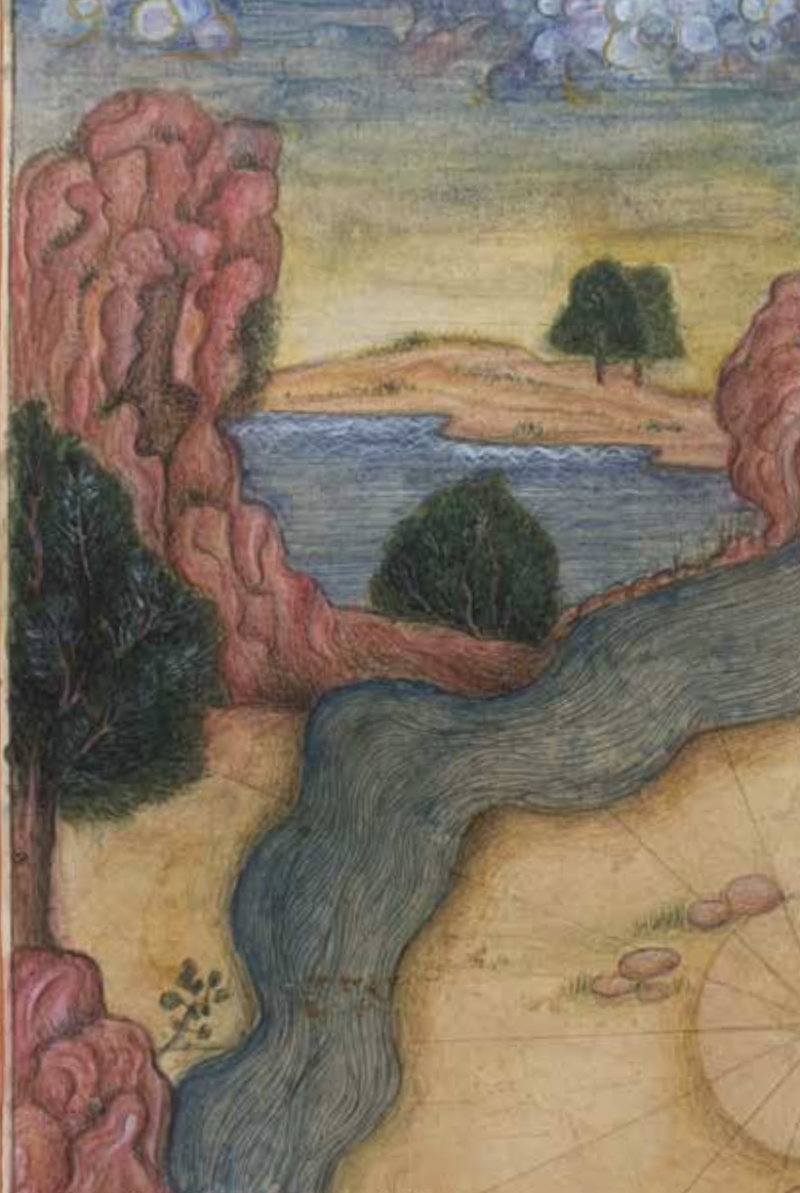
Another big milestone moment for you was when your degree show was sold out and was attended by King Charles. The Earl of Snowdon has also purchased one of your main pieces. Tell us about this. Walk us through the emotions you went through when you found out your piece was bought for the royal collection?
It felt incredible to sell all my degree show work. I certainly wasn’t expecting to, especially to the Earl of Snowdon, who is an artist and craftsman himself and is known for his appreciation of the arts. King Charles himself is an accomplished painter and art lover. His interest in and knowledge of traditional arts made for a meaningful conversation about my work and also about Pakistan.
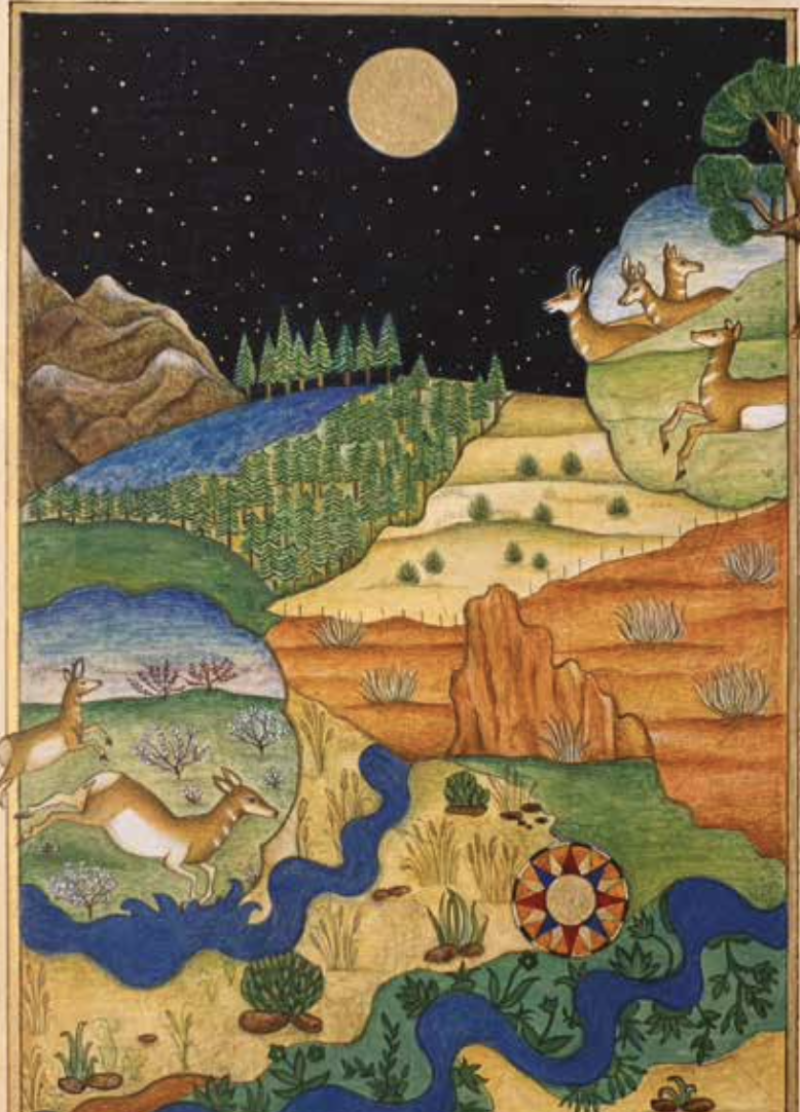
Your work explores the concept of journeys using visual inspiration from mediaeval Islamic maps. What made you tap into this side? Why traditional arts?
I came across the genre of mediaeval Islamic maps and manuscripts years ago while browsing Indian and Islamic galleries in London. Although there is a valid anti- colonial narrative around British museums today, the manner in which historic and traditional art is preserved and showcased here is truly inspiring. It certainly instilled in me a love and appreciation for arts from my own culture rather than just Western art. My desire to study traditional arts stemmed from this exposure and when I came across this MA program, I knew I had to do it. This was what I had been waiting for.
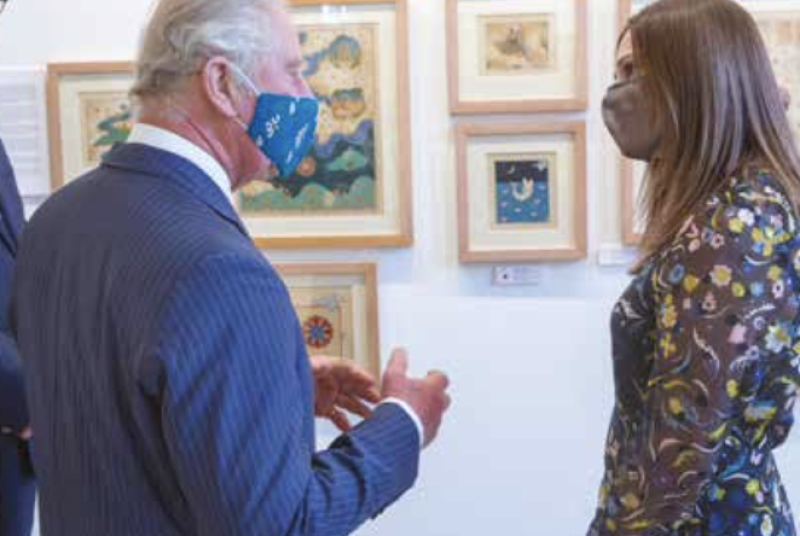
Can you describe one artwork or series from your collection that you feel was pivotal in your career?
I think it will have to be ‘The Promised Land’. It was the first main piece I painted for my show and also the first one to be sold. I see it as a turning point for me, because after months of research, drawing and sketching I finally was able to execute my thoughts into a tangible image. Also, it tells the story of the Indus Valley, a promised land of riches that attracted so many outsiders (from warriors to saints) over centuries. Although the inspiration behind this painting was my own cultural roots, I see it containing a wider message, one about longing and seeking.
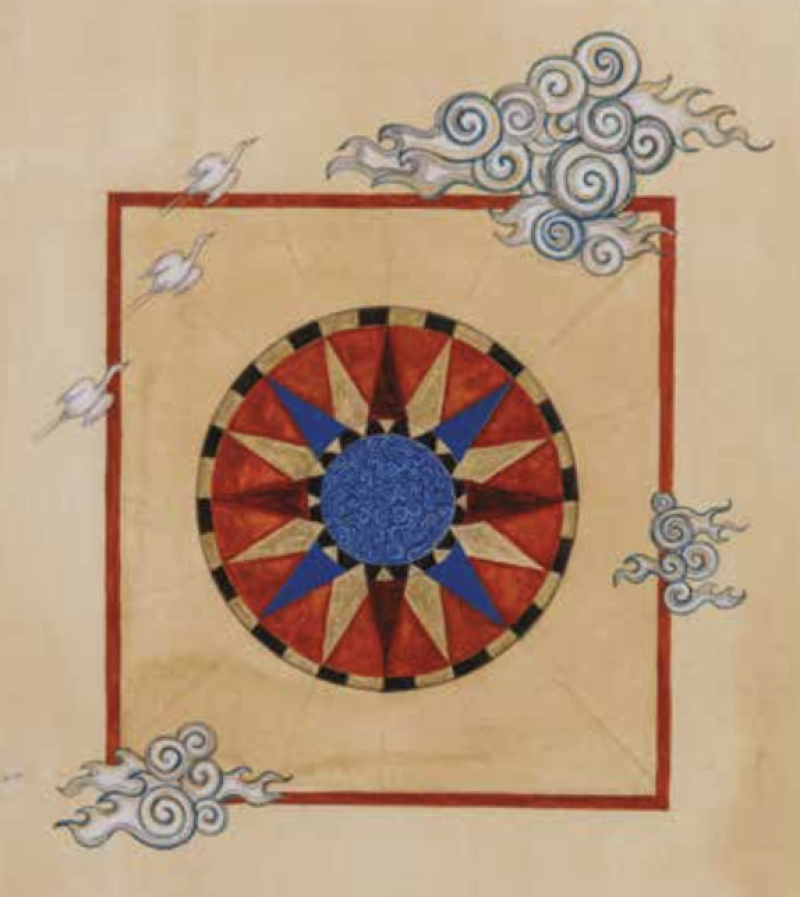
Where do you find inspiration from? And how do you overcome creative roadblocks?
Inspiration comes to me in many different forms. Of course, my primary source is mediaeval maps and manuscripts, but it can also come through a book or film, textiles or sculpture, or even something as abstract as being amidst nature. Creative roadblocks do happen but must be viewed as a part of the creative process which I believe is deeply instinctive and almost primal. Perhaps roadblocks happen when we need to silence our minds and switch off for a bit to absorb the full impact of our inspirations and learning.
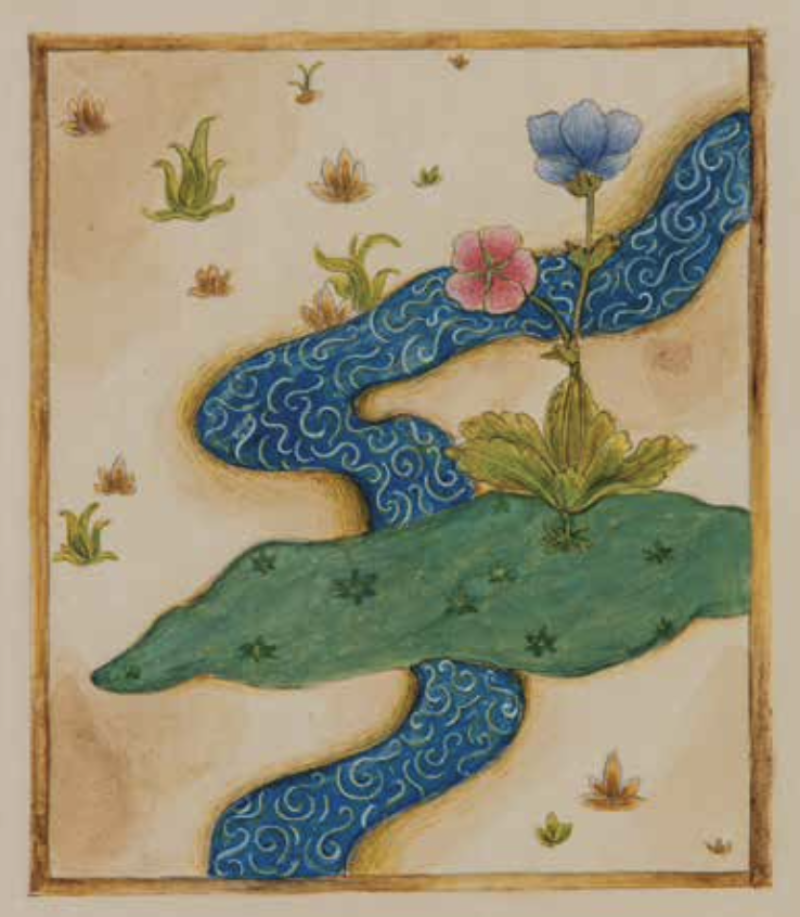
Which mediums do you prefer working on?
I use watercolours that I make by hand using natural materials derived from the earth, plants and rocks
Once you get used to the nuanced beauty of natural pigments, you can’t imagine going to a shop and buying off-the-shelf paints. There has to be a deeper connection between a painter and her medium and I feel that connection is created when you are engaging in the making of your materials.
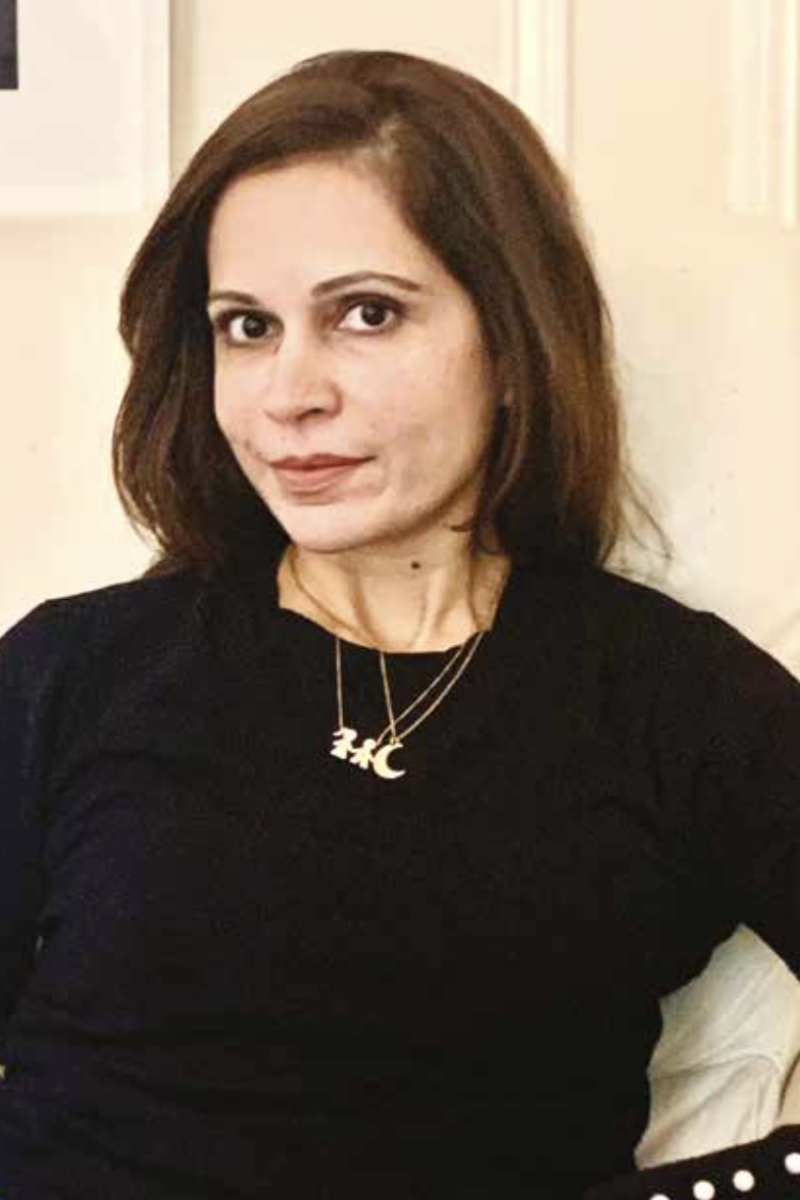
In your opinion, how important is art to society?
I always quote Nietzsche and say ‘We have art in order not to die of truth’. I believe it to mean that
Art offers relief and escapism from all kinds of banalities, horrors and pain that life inflicts upon us
And at the same time, it exposes us to certain higher truths that lie beneath the mundane. It teaches new ways of seeing and new ways of seeking.
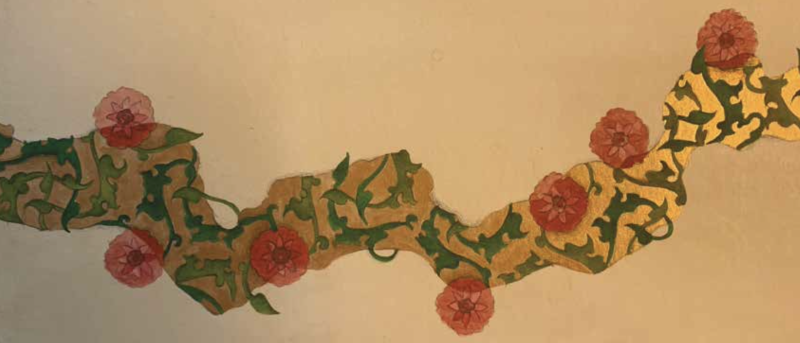
Has being a woman affected your career?
I would say that being a woman and especially being a wife and mother makes it more challenging to achieve one’s personal goals and dreams. For me it was a struggle because I started later in life, after I had children and they were very young when I began. Even now, I have to meticulously plan every part of my day to carve out time to work. There are many responsibilities I have to juggle and living in a fast- paced city like London adds to it. I suppose it all comes down to passion and commitment. I feel it is also important for my children to see me work so hard to build a career at this stage of my life.
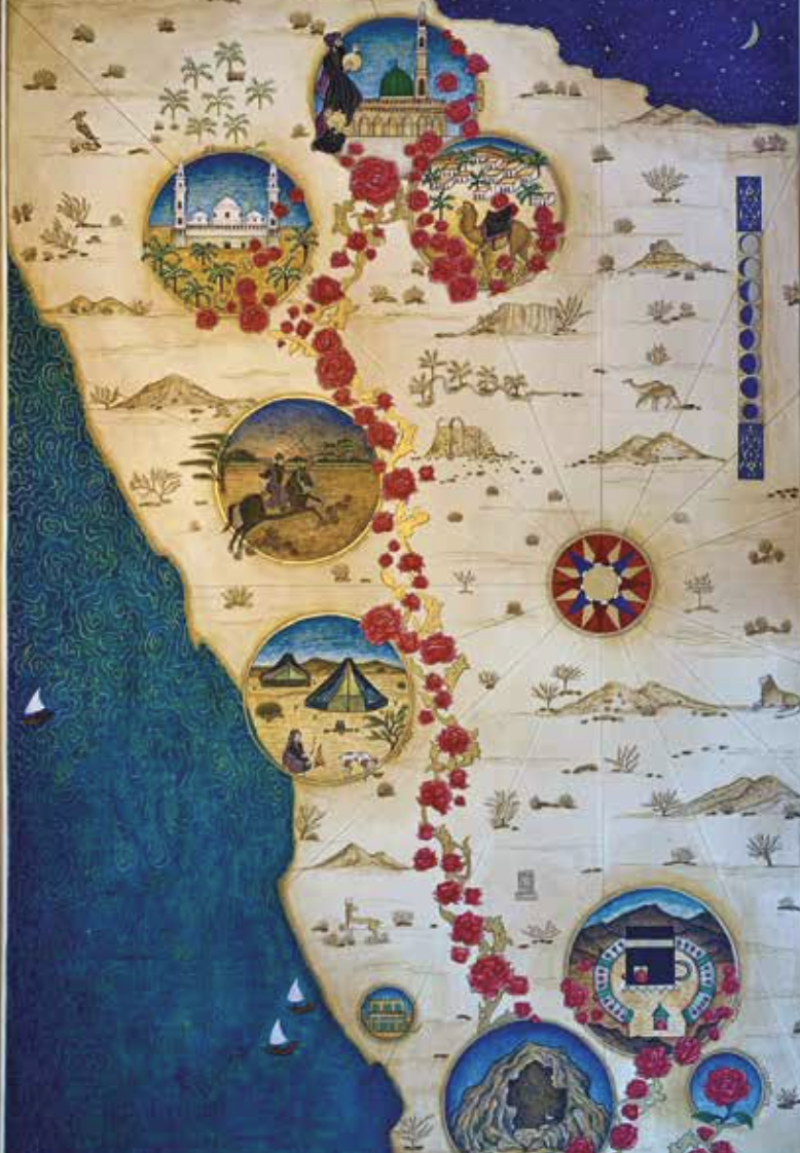
According to you, what's the purpose or goal of your work?
My work explores the concept of journeys, what it means to seek and how that changes us. I use Indo- Persian miniature painting techniques which are rooted in the art of visual storytelling. The goal is to create an archetypal depiction of the world and show how its history and geography have enabled different forms of life to move within it. It draws attention to the intrinsic human instinct to seek, both literally and figuratively.
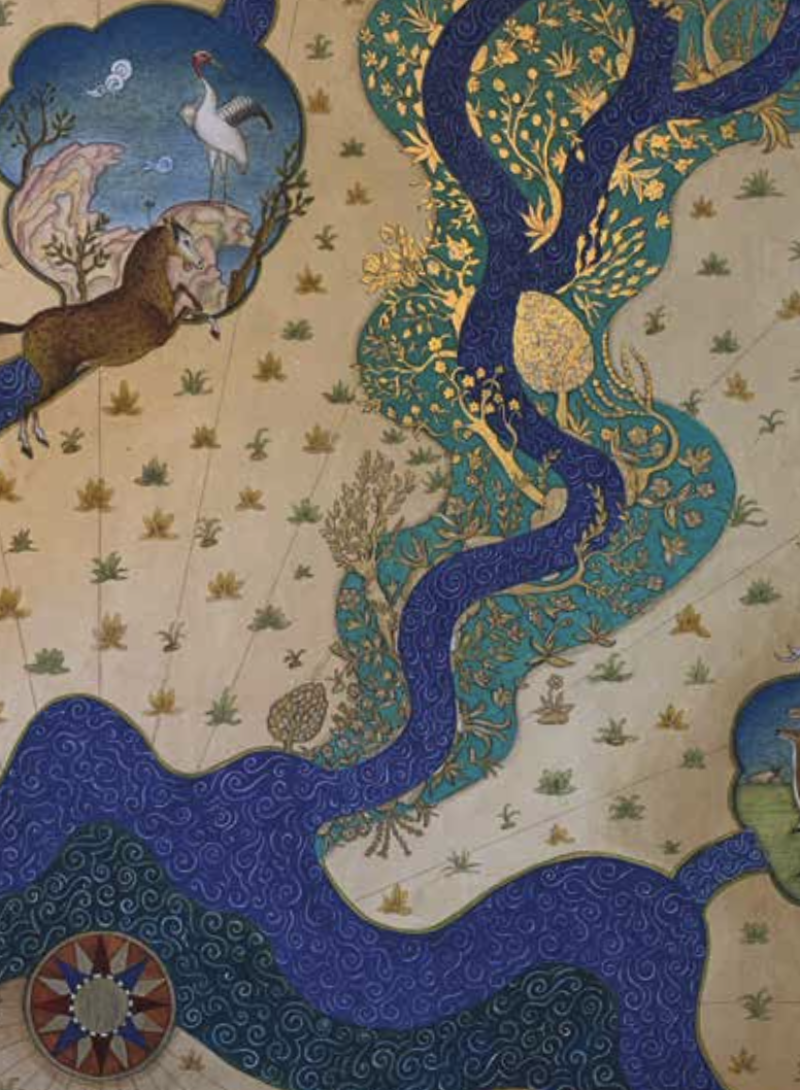
INTERVIEW: SAFA ADNAN
PHOTOS: COURTESY AYESHA AMJAD
